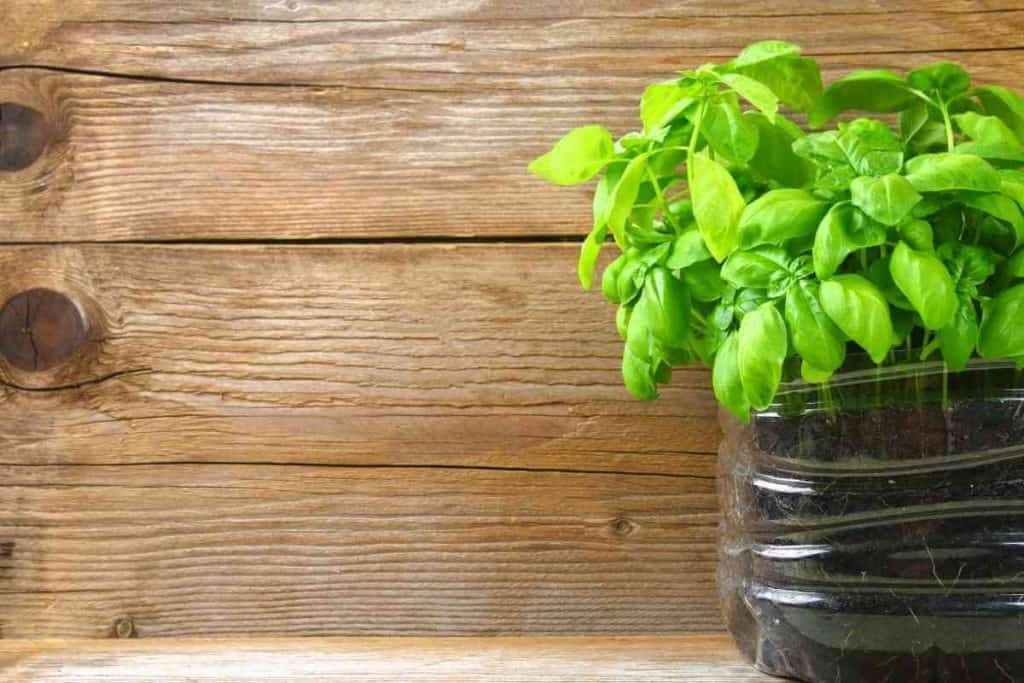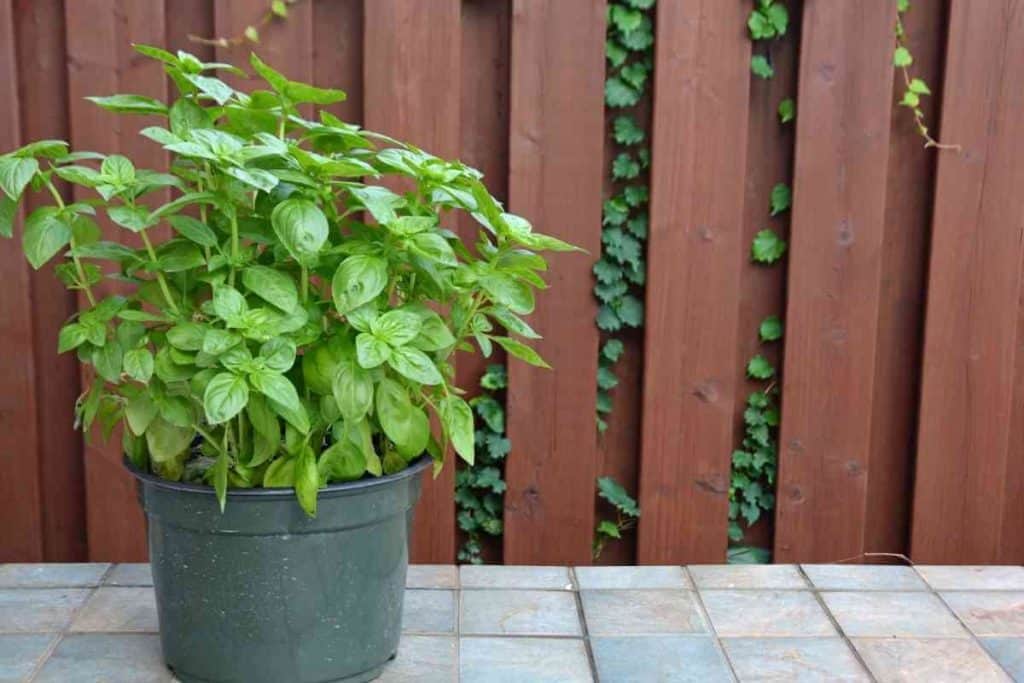It is quite fun to grow herbs in your home. You have easy access to them for either cooking or extracting essential oils. Basil being a popular herb due to its flavor and essential oils, will definitely make a nice addition to your garden.
Now, we are interested as to what causes basil plant wilting. The primary reason for basil wilting will be a lack of water, shock, and parasites.
This post will review why your basil plant is wilting and how to fix it. Let’s get to it!
Table of Contents
Why is Basil Plant Wilting?

Naturally, basil requires full sun and frequent watering in well-drained, fertile soil. Thus, when your basil plants fail to get this, it starts to wilt.
Below are some possible causes for your basil plant wilting.
1. Insufficient Watering
Basil grows optimally in a warm environment. This means that it will have a high rate of transpiration or water loss.
It is quite natural for plants that grow in hot climates to wilt when they don’t get enough water. This is an adaptive measure to avoid moisture loss by modifying their leaves to reduce surface area.
If your basil plant is looking a little forlorn, check the soil by sticking your finger about an inch deep into the soil. If the soil feels dry, water the plant thoroughly, and your plant should be revived in a few hours!
Related Post: How to Save a Dying Blueberry Plant
2. Too Much Sunlight
While we have emphatically stated that basil plants thrive best in warm climates, there is something like too much sunlight!
When your basil plant has access to too much sunlight, the sun's heat dries out the soil's surface and heats up the pot. As a result, moisture is lost, and the plant starts wilting.
When growing basil in a container indoors, choose a sunny, south-facing location. If you live in a low-light environment but want to have fresh basil for your recipes, we recommend you invest in a grow light to get fresh basil plants.
3. Overwatering
As a new gardener, you might get excited about the prospect of growing your food and might end up overwatering your basil plant.
When you water your basil plant without allowing the soil to dry, your plant ends up with wet feet, and you find plant and fungus gnats flying around. Without your knowledge, the root system could become completely submerged in water.
Poor drainage can exacerbate the problem, particularly when growing basil indoors. To keep the plant hydrated, place potted basil in a container with drainage holes.
4. Not Enough Sunlight
Basil plants require at least eight hours of direct sunlight per day. While most people simply place their basil in a south-facing window, if the window sill doesn't get enough sunlight, it can cause problems.
While insufficient light usually results in stunted growth or slower-growing basil plants, if the problem persists, the leaves can wilt.
5. Environmental shock
Sometimes, just moving your basil plant to a new location could result in your plant shutting down its system temporarily.
6. End of the season
Basils are typically annual plants even though they can survive for several seasons in the right conditions.
Naturally, plants direct their energy toward reproduction at the end of their annual cycle. This means that instead of feeding the leaves or producing more foliage, they will produce flowers, fruit, and, eventually, seeds.
7. Wrong Soil
If the basil leaves begin to wilt despite being watered correctly, the culprit could be the soil. Basil prefers loamy soil that allows its roots to move freely and dig deep.
If you don't use high-quality potting soil, your plants will retain far too much moisture and won't drain properly. It could also be sandy soil that drains almost too well and dries out quickly.
8. Not Pruning
We want to believe that you’re not growing your basil plant just for the aesthetic. If you are not, you will have to prune your basil plant from time to time.
If you fail to do this, your basil plant will eventually bloom. Once the flowering stage starts, the flavor of the basil leaves will change and become slightly bitterer than expected.
If you allow the basil to flower, you will no longer have new leaf growth on your plant. When the plant flowers, it prioritizes the flowers and stops delivering water to the leaves, causing them to wilt.
9. Fungi and Bacteria
Wilting is an advanced symptom of parasitic invasion. The first signs of pests and fungi on your basil plant will be spotted and dropping leaves.
When the infection is severe, it will have a systemic effect on the plant, causing the leaves to wilt.
Related Post: How To Save a Dying Rubber Tree Plant
How to Revive Wilting Basil Plant

1. Start Watering Correctly
During their brief growing season, basil plants require constant watering. Allow the soil to dry out before watering. Also, water the plant deeply since basil plants have strong taproots that extend deep into the pot.
Shallow watering encourages roots to grow towards the surface, which is not beneficial to the plant. If you notice the plant wilting as a result of underwatering, give it a good soaking and place it in the sun.
Water should not be sprayed directly onto the leaves as this will cause microbial growth.
2. Repot
This becomes needful if your basil plant is growing in the wrong soil. As stated earlier, basil prefers loamy soil that allows its roots to move freely and dig deep.
3. Manage the Temperature Of The Soil
Too much sunlight will heat up the soil around your basil plant. To prevent this from happening, spread mulch over the soil's surface. This could be bark, vermiculite, or any other material that does not conduct heat.
Also, pots made of heat-conducting materials, such as metal or black plastic, should be avoided. The best pots are glazed ceramic pots.
4. Prune regularly
Removing some of the leaves from the plant will relieve some of the strain on the stem, correcting any tendency to wilt.
Related Post: How to Save a Dying Japanese Maple Tree




